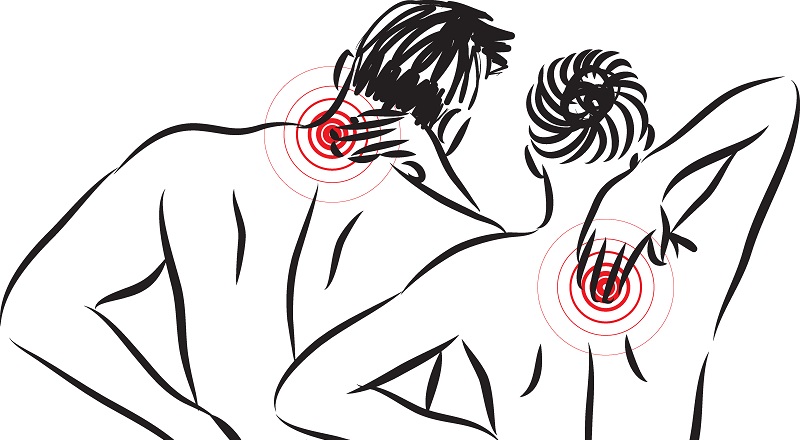The Causes & Treatments For Foraminal Narrowing
Category: Spine | Author: Stefano Sinicropi

Spinal foraminal narrowing, sometimes classified as foraminal stenosis, is a condition that can lead to pain and related symptoms due to nerve root compression. At every level of your spine, two nerve roots run through openings called spinal foramina. If these foramina spaces shrink, the nerves can become compressed as they pass through the opening, leading to pain or other symptoms. Below, we take a look at what causes foraminal narrowing, and what can be done to treat it.
Causes and Symptoms of Foraminal Narrowing
As we noted above, the foraminal stenosis is caused by a shrinkage of the space through which your spinal nerves pass, but what causes this space to shrink? Oftentimes it can occur as a natural result of the aging process, but other spinal conditions like a bulging or herniated disc, or the development of bone spurs can lead to foraminal shrinkage. Acute trauma or a slipped vertebrae can also lead to spinal changes that impact the size of the foraminal space.
Symptoms of foraminal narrowing and nerve root compression include:
- Localized pain
- Radiating pain along the length of the nerve
- Tingling
- Numbness
- Muscle weakness
Treating Foraminal Narrowing
The goal of treatment for foraminal stenosis is two-fold. The first goal is to decompress the nerve so symptoms stop, and the second goal is to widen the foraminal space to prevent recurrence. Sometimes these goals can be achieved simultaneously, while other times only the first goal is possible.
Treatment will depend on what caused the foraminal narrowing and how likely it is that the area can be compressed with certain techniques. For some people who are dealing with natural degeneration and spinal narrowing, treatment may be as simple as physical therapy or exercise routines to prevent further narrowing, and pain medications to prevent symptoms. For individuals who have another spinal condition that’s causing the narrowing, treatment will be focused at taking care of the underlying cause. For example, a minimally invasive surgery may be recommended for individuals whose herniated disc or slipped vertebrae are leading to foraminal compression.
Spine Doctor in Minneapolis
Most surgeons recommend that you pursue at least six weeks of conservative care treatment before considering surgery, but that may not be the case if acute trauma contributed to the injury. Either way, the best way to figure out your treatment regimen is to set up a consultation with a spine specialist like Dr. Sinicropi. He’ll perform a comprehensive diagnosis and explain all your treatment options. From there, he’ll be with your every step of the way during your rehab to ensure healing stays on schedule. If it turns out that surgery is your best bet, he’d be happy to walk your through your pre- and post-op expectations and perform the eventual operation.
For more information about foraminal stenosis and how nerve root compression is treated, reach out to Dr. Sinicropi’s office today.